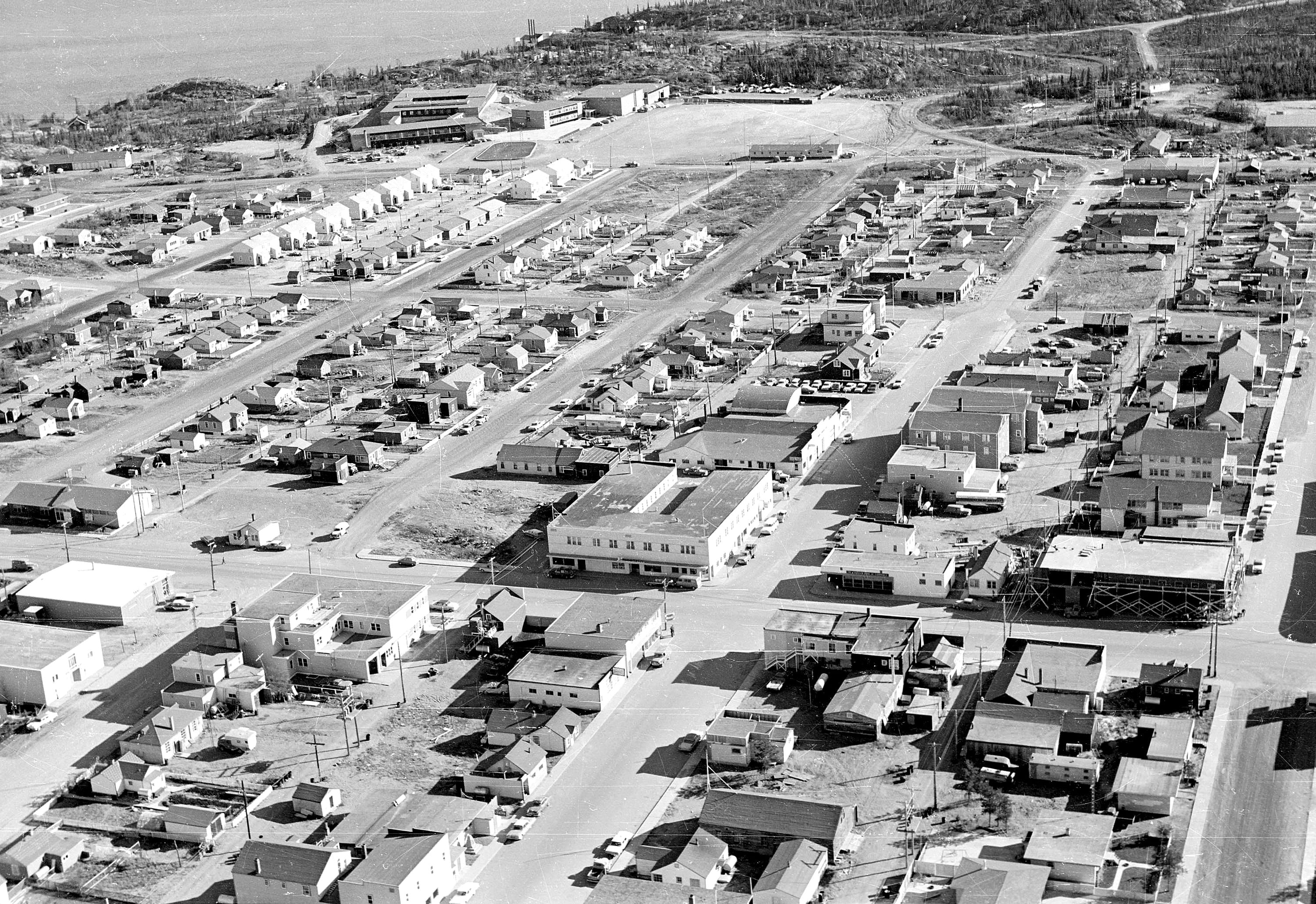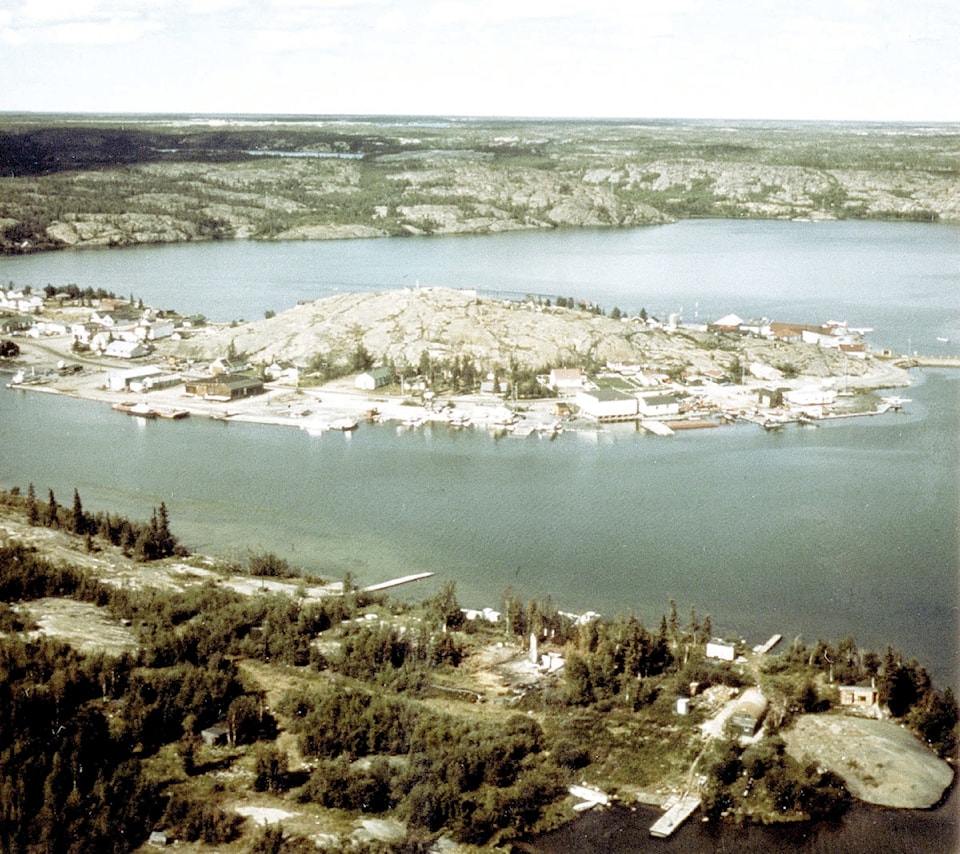The issue: Street naming
We say: Where are the Yellowknives names?
Boothia Peninsula, Nunavut's most northerly piece of mainland, was named after Felix Booth, a wealthy gin distiller and supporter of British expeditions to the Arctic in the early 1800s.
It's the most iconic example of a place named for someone who has never been anywhere near the North but Yellowknifers needn't sail to Canada's High Arctic to find examples of head scratchers for place names.
Flipping through Tyler Heal's The Times Behind the Signs at times feels like roving through a chamber of commerce directory from 70 years ago.

NNSL file photo
Rycon Drive was named for the Rycon Mine, Negus Place for the Negus Mine, Con Road and Place for the Con Mine. Even Ptarmigan Road was named not after the vapid bird but after the mine named after the vapid bird. Same for Albatross Court, named for the plane named for the bird, not to mention Norseman, Catalina and Anson drives, Bellanca Avenue, Fairchild Crescent, Dakota Court and Stinson Road off Old Airport Road, likewise named for types of aircraft.
Niven Lake and Niven Drive are named for Jock McNiven, Yellowknife's first mayor, who also ran Negus Mine.
The name for Kam Lake was taken from a 1934 blueprint identifying mining claims. It fits on an election sign but its significance has been lost to time for the most part.
This isn't to say that it's time to start renaming everything but News/North columnist Roy Erasmus Sr. makes a valid point when questioning why Yellowknife's main drag – Franklin Avenue – is named after a long-dead British explorer, Sir John Franklin, whose only connection to the place is that he once wandered by on an ill-fated expedition to the Arctic coast. Yellowknife's largest high school is also named after him.
Franklin's saviour, the Yellowknives Dene chief Akaitcho, meanwhile, barely gets any mention in Yellowknife. Where are the street names honouring notable figures in the history of Yellowknives Dene, the area's original inhabitants?
It's an awkward question when paralleled with the solemn acknowledgement uttered at the start of every city council meeting: "We are honoured to be on Chief Drygeese Territory." If so, where is Chief Drygeese Road?
There are some terrific street names paying homage to community builders like Mike and Jean Piro, Vi and Grant Beck, "Mr." Ed Jeske, and Vic Ingraham, who lost both legs after a boat explosion on Great Bear Lake in October 1933, some years before opening the Yellowknife Hotel.
Also, in the slightest bit of self-indulgence, Horton Crescent, named for Ted Horton, was the editor and publisher of News of the North from 1946 to 1967 and mayor between 1958 and 1963.
They are all worthy of recognition but it cannot be denied that street names – and names of buildings, lakes and other landmarks, for that matter – are lacking when it comes to honouring the Dene. City hall should ask the Yellowknives for a list of names that should be taken into consideration for future place marks.
It's time to recognize that Yellowknife history is very much Yellowknives Dene history as well.
